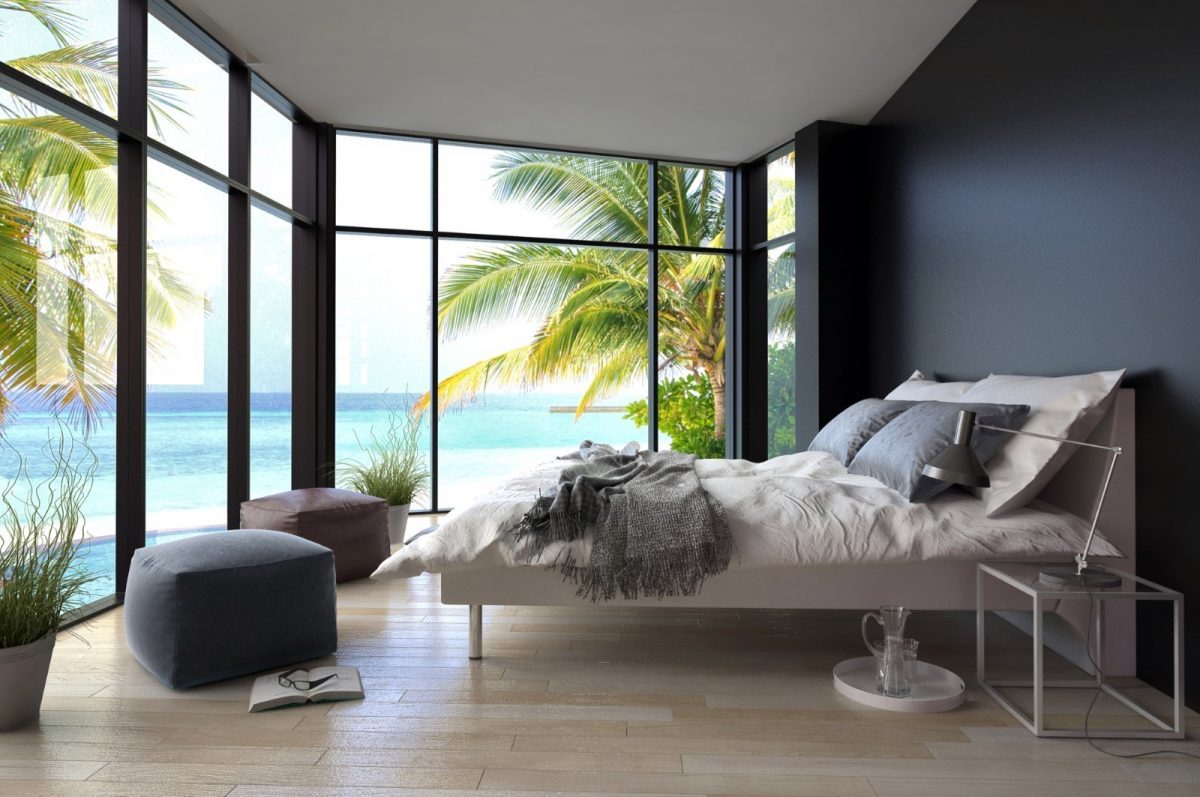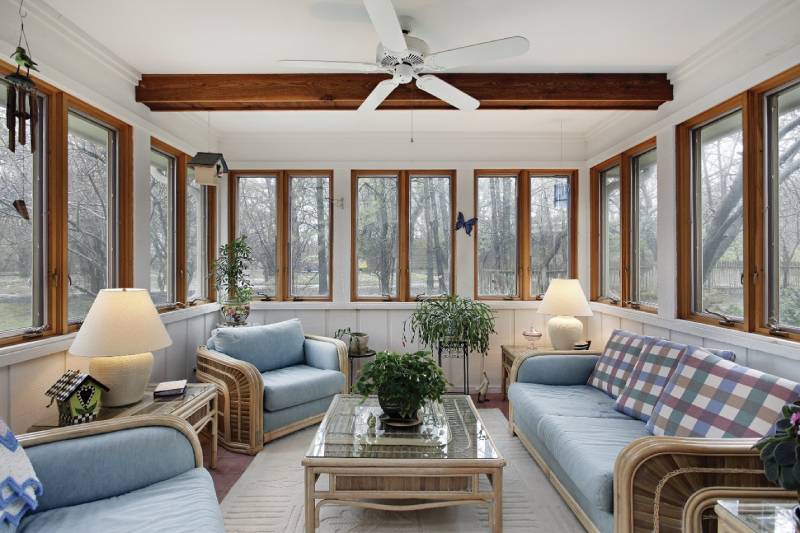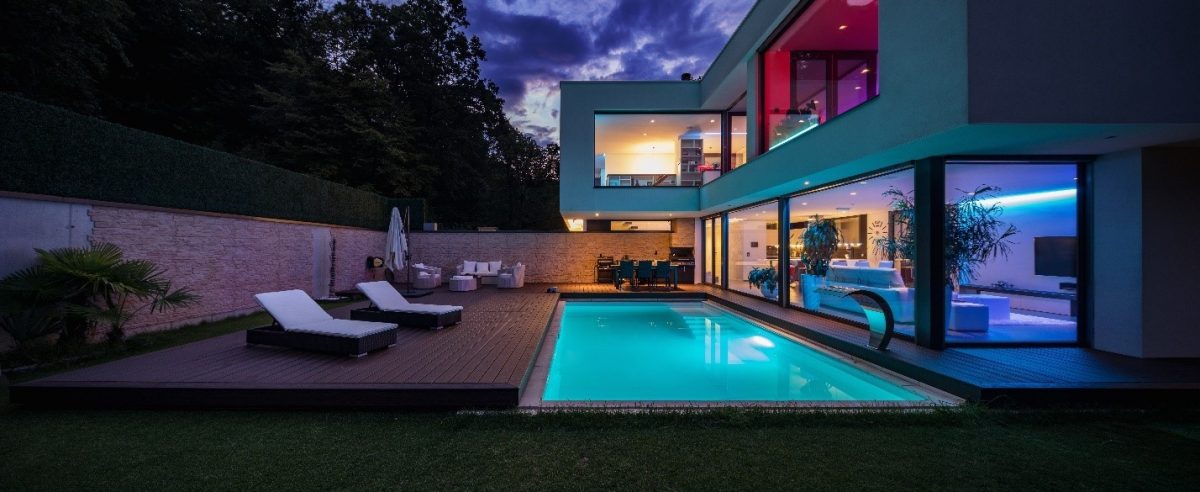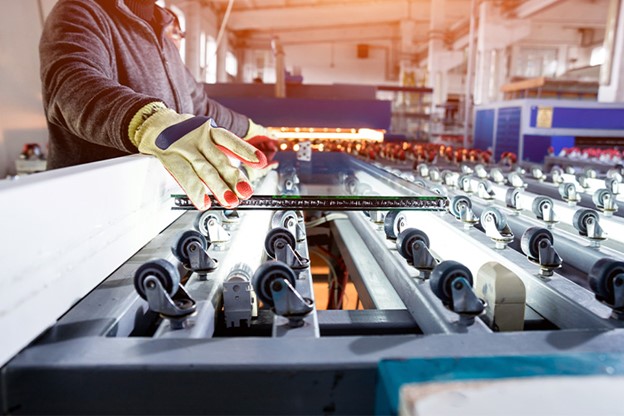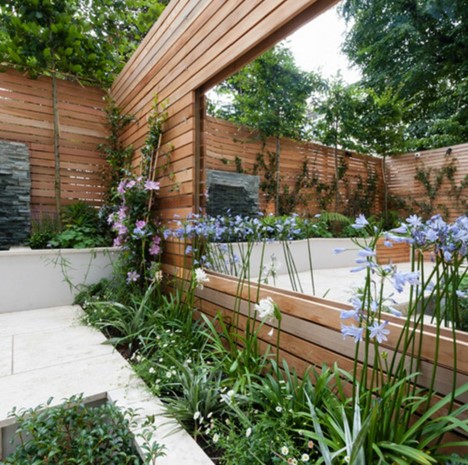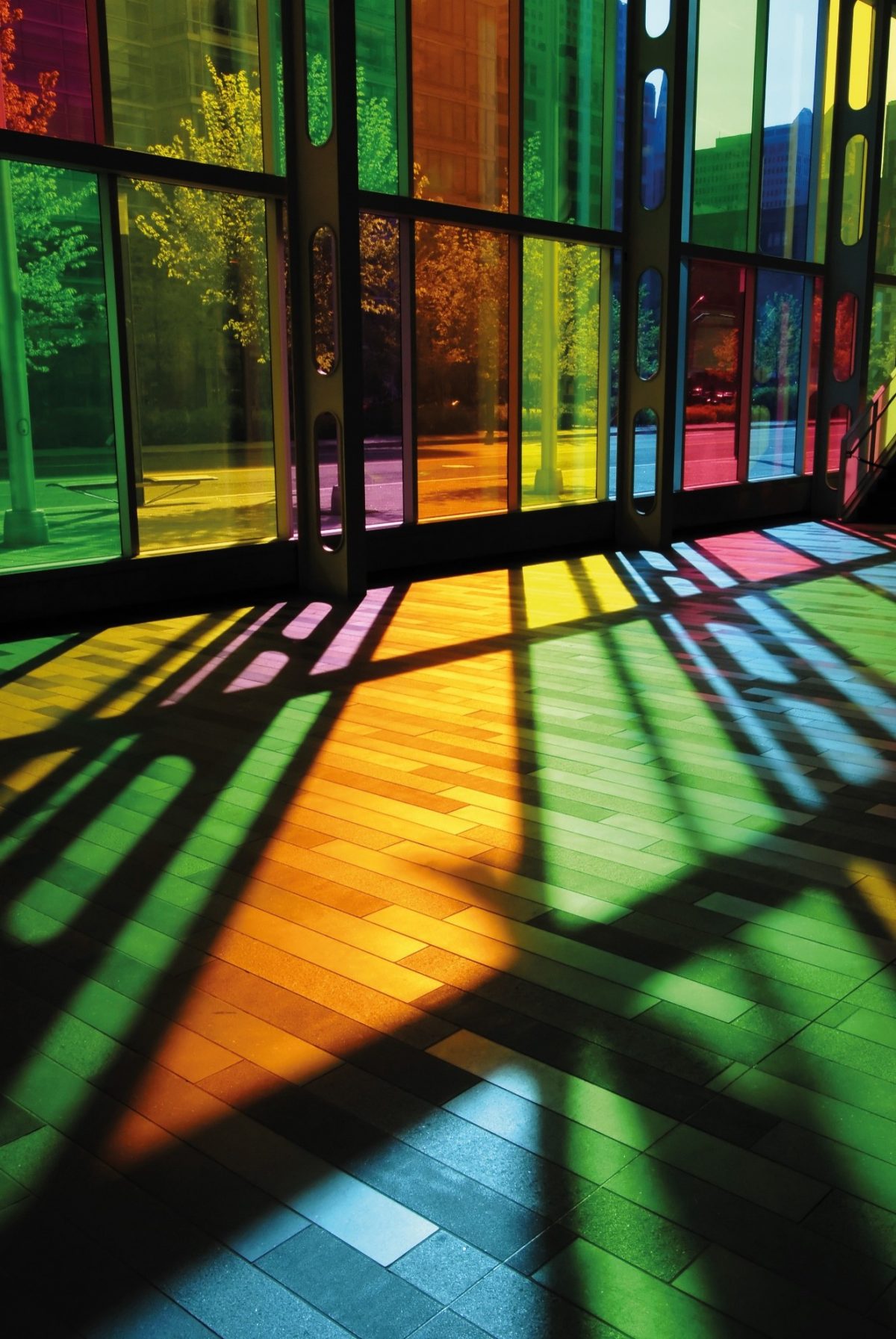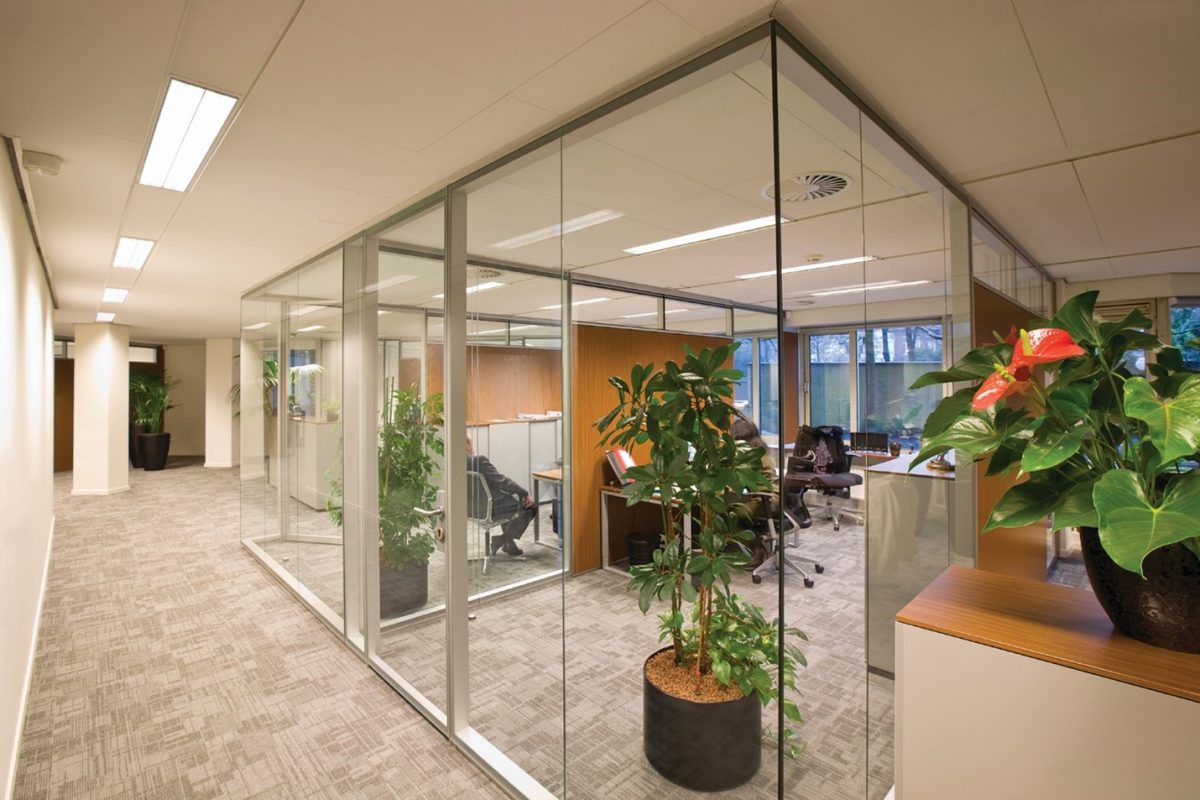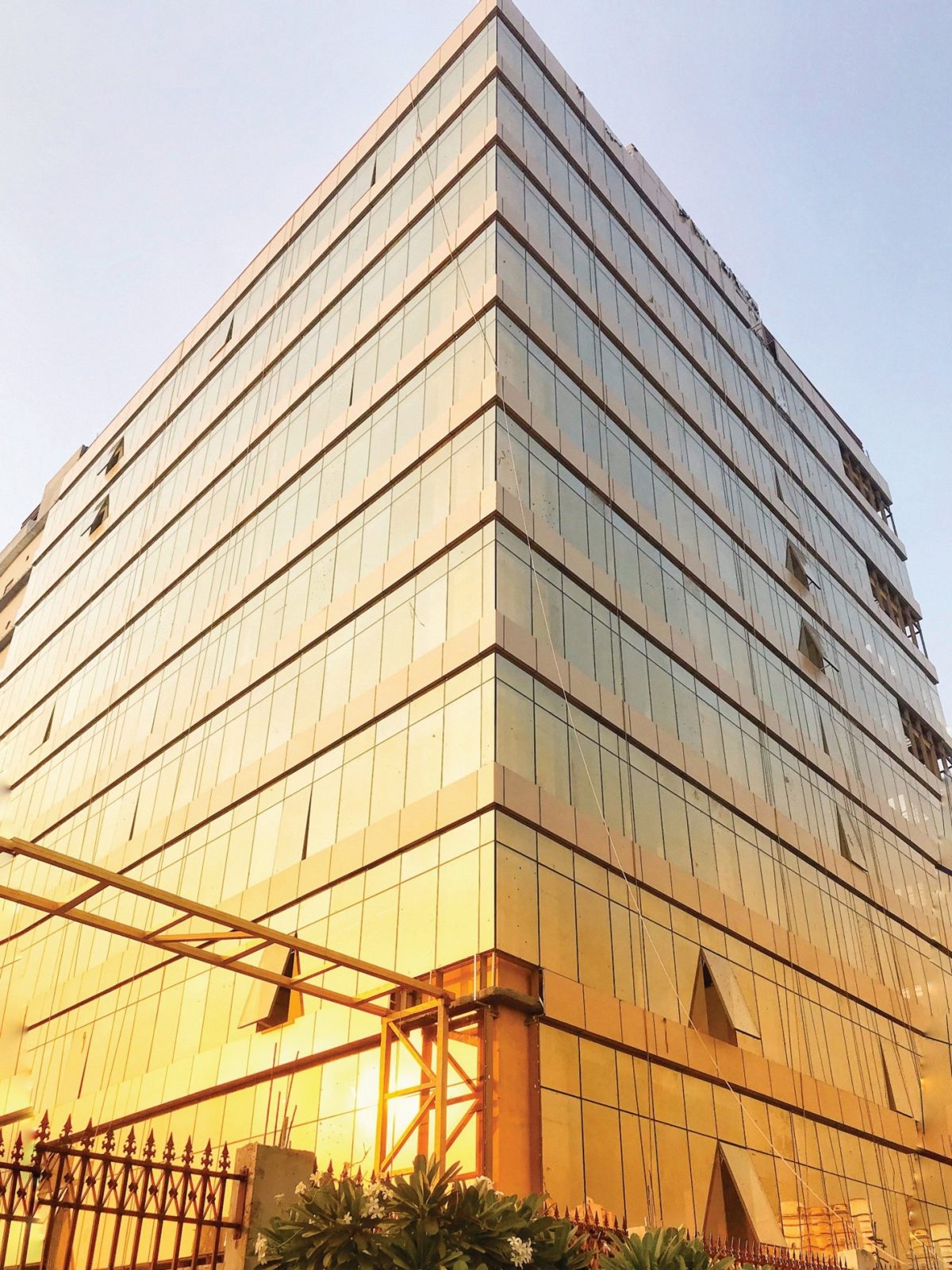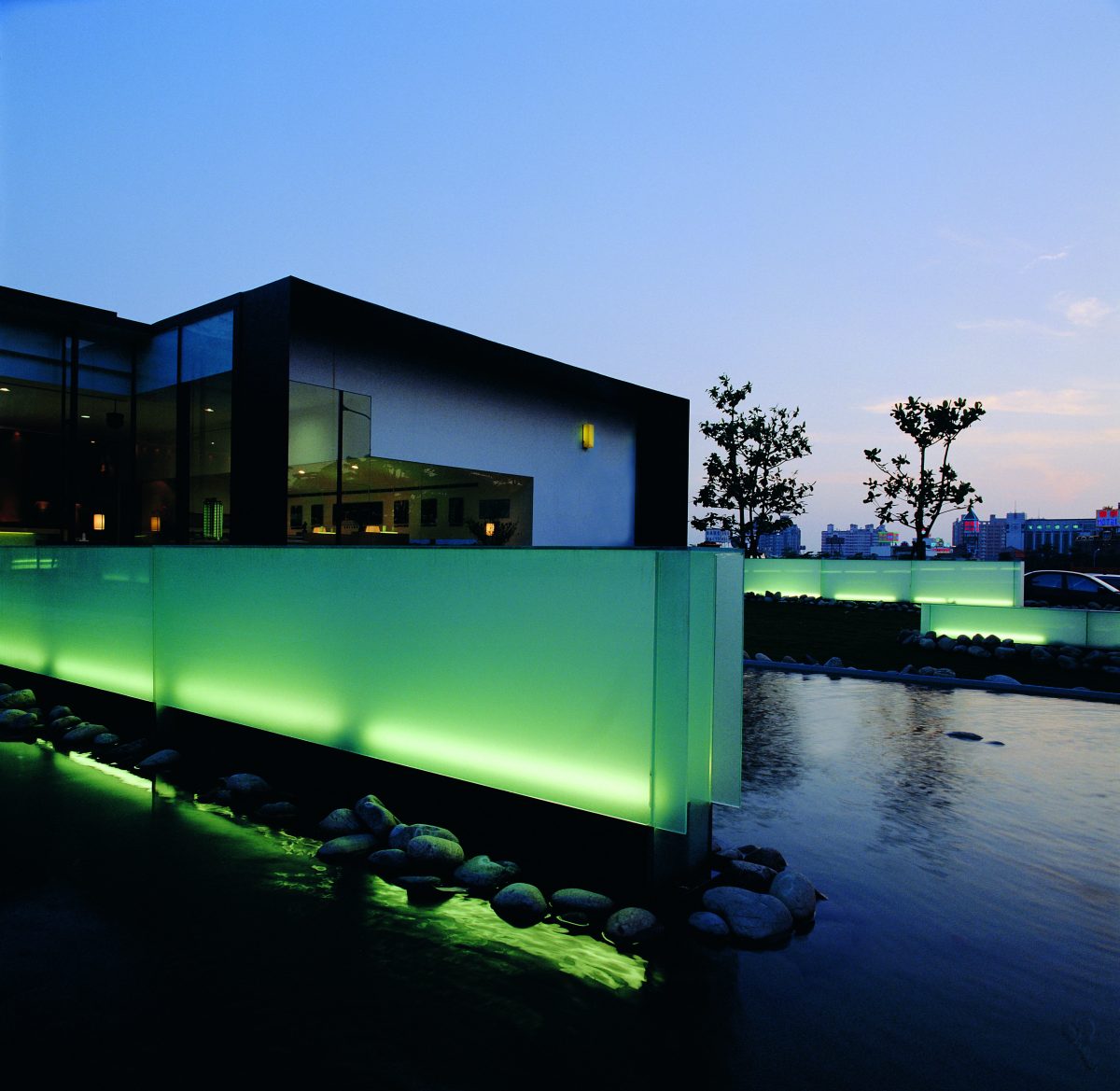As the protective barrier between a vehicle’s cabin and the outside world, windscreens , often known as windshields play a crucial yet often overlooked role in driver safety and experience. Here, we will explore windscreen functionality, potential problems like chips and leaks, maintenance tips to prolong windscreen life, repair solutions for damage, and factors to consider when choosing new windscreen glass and service providers.
What is a Car Windscreen?
The windscreen provides a clear line of sight for the driver to see the road ahead and spot potential hazards. It also acts as a structural component, helping to support the vehicle roof during a rollover accident. Additionally, the smoothly contoured windscreen assists with passing airflow over and around the vehicle to reduce drag and turbulence.
Types of Car Windscreens
The two main types of auto glass are laminated and tempered. Laminated glass consists of two sheets of glass bonded together by a thin plastic interlayer, typically made of vinyl. The vinyl holds the layers of glass together even when broken, helping prevent shards from spraying occupants. Tempered glass does not have an interlayer.
Instead, it is heat-treated to increase strength and cause it to crumble into small rounded pieces rather than large sharp shards if it breaks. While laminated glass is required by regulations to be used for windscreens in most areas, tempered glass may still be found in some side and rear windows.
Common Windscreen Problems
Over their lifespan, windscreens may develop minor damage or more significant issues necessitating repair or replacement:
1. Chips and Cracks:
Small surface chips or cracks can appear due to impact from flying road debris. If left untreated, they may spread across the windscreen over time or lead to larger cracks.
2. Pitting:
Constant exposure to road debris and weather can cause pitting – small dings or cavities worn into the surface of the windscreen glass. These do not affect visibility at first but grow over time, increasingly scattering light and impairing driver vision.
3. Water Leakage:
The rubber seals surrounding a windscreen may wear out or become misaligned, allowing water to drip inside the vehicle during rain or when going through a car wash. Water leakage can lead to electrical issues and corrosion within the dashboard and interior.
4. Delamination:
Over many years of heat/cold cycles and exposure to the sun’s UV rays, the vinyl interlayer holding together a laminated glass windscreen can begin to separate or delaminate. This significantly weakens the windscreen structure.
Maintenance Tips for Windscreens
While windscreen damage is often unavoidable, drivers can take measures to help prolong their windscreen’s lifespan:
- Park in shaded areas when possible
- Have small chips repaired as soon as feasible with resin injection
- Inspect windscreen seals regularly and reseat/replace them if letting water or air inside
- Consider applying a high-quality glass sealant that repels water and contains UV blockers
Windscreen Repair Solutions
Windscreen repair provides a cost-effective alternative to full replacement for minor chips and cracks up to several inches long. Trained auto glass technicians use specialised injection resin and equipment to fill damaged areas, preventing the further spread of cracks. The repairs restore integrity, strength, and visibility to the windscreen.
More extensive damage necessitating replacement calls for a high-quality replacement windscreen properly bonded into place around the entirety of the window frame. Reliable auto glass providers like AIS Glass offer OEM and aftermarket laminated and tempered replacement glass windscreens for nearly all makes and models. Value-added options such as tint bands that block UV rays and water-repelling rain guards are also available.
When faced with windscreen damage, partnering with experienced service centres helps ensure any repairs meet strict safety standards. They can access factory glass manufactured to precise curvatures and thicknesses for proper fit and function.
How to Choose the Right Glass and Service Provider
With something as important as driver visibility and occupant protection involved, it pays to select replacement windscreens from reputable manufacturers and work with established local auto glass shops. Key factors to consider include:
a. Certified Technicians –
Confirm technicians undergo regular training in the latest industry procedures and standards to remove old windscreens and keep new units in place properly.
b. Warranties-
Quality windscreen replacements should come with at least 1-year workmanship/installation warranties. The glass itself may also carry extended warranties against defects.
c. Positive Reviews –
Check what current customers say about the clarity, fit, timely delivery, and overall service levels of different auto glass replacement providers under consideration.
Conclusion
As one of the most pivotal yet vulnerable exterior components on vehicles, windscreens deserve close attention when problems develop. Understanding common issues, preventative care, repair options, and factors guiding windscreen choice allows drivers to quickly address any visibility or leakage concerns. Partnering with reliable glass and service providers ensures any fixes uphold the highest safety and performance standards.




